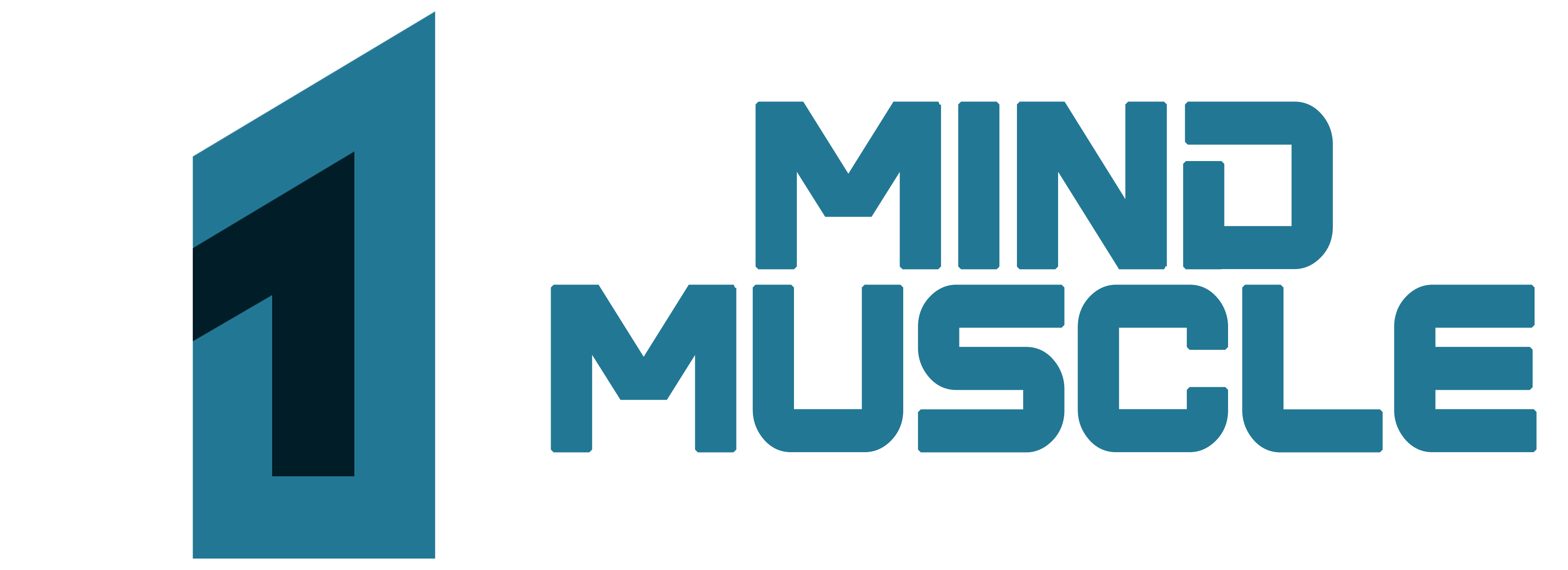Introduction
In today's fast-paced world, health often takes a backseat to busy schedules. People start fitness programs with enthusiasm, only to give up after a few months. But true fitness isn’t about short bursts of effort—it’s a lifelong journey. Sustainable workouts and proper nutrition are the keys to long-term health and well-being.
In this guide, we’ll explore how to build a fitness routine that lasts, how nutrition plays a crucial role, and how to create habits that support lifelong wellness. Let’s dive into the essentials of maintaining a healthy and active lifestyle for years to come.
The Core Principles of Sustainable Fitness
What is Sustainable Fitness?
Sustainable fitness is about creating workout routines that you can maintain for life. It’s not about quick fixes or intense programs that leave you exhausted. Instead, it focuses on long-term consistency, enjoyment, and adaptability.
Why Short-Term Fitness Plans Fail
Many people start rigorous exercise plans with unrealistic expectations. Extreme workouts or crash diets often lead to burnout, injury, or loss of motivation. The key to sustainable fitness is to set achievable goals and incorporate activities that fit your lifestyle.
The Key to Making Workouts a Lifelong Habit
- Choose exercises you enjoy
- Set realistic goals and track progress
- Prioritize consistency over intensity
- Allow flexibility in your routine to prevent burnout
By shifting the focus from short-term results to long-term well-being, fitness becomes an enjoyable and essential part of life.
Designing a Sustainable Workout Routine
How to Choose a Fitness Plan That Fits Your Lifestyle
A fitness plan should complement your daily routine, not disrupt it. If you’re always on the go, a simple bodyweight workout or a 20-minute home session might be ideal. If you enjoy social settings, group classes or team sports could be a better fit.
The Role of Variety in Exercise
Doing the same workout every day leads to boredom and plateauing. A sustainable routine includes:
- Strength training (to build muscle and bone density)
- Cardio workouts (to improve heart health and endurance)
- Flexibility exercises (to maintain mobility and prevent injuries)
Balancing Strength, Cardio, and Flexibility
A well-rounded fitness routine includes all three elements. For example:
- Monday & Thursday: Strength training
- Tuesday & Saturday: Cardio (running, swimming, cycling)
- Wednesday & Sunday: Yoga or stretching
This balanced approach keeps workouts engaging and supports long-term health.

Adapting Workouts to Different Life Stages
Fitness isn’t one-size-fits-all. Your routine should evolve with age and physical capability.
Fitness for Young Adults
This stage is perfect for building endurance and strength. High-intensity workouts, weightlifting, and endurance sports are great choices.
Workout Modifications for Middle-Aged Individuals
At this stage, maintaining mobility and strength is crucial. Focus on moderate-intensity strength training, walking, and flexibility exercises.
Staying Active as a Senior
As the body ages, joint health and muscle retention become priorities. Low-impact activities like swimming, yoga, and resistance band workouts keep seniors active without strain.
The Role of Nutrition in Long-Term Health
The Connection Between Diet and Longevity
Nutrition directly impacts aging, energy levels, and disease prevention. A balanced diet helps maintain muscle mass, supports brain function, and keeps organs healthy.
Essential Nutrients for a Healthy Body
- Protein: Supports muscle repair and growth
- Healthy fats: Essential for brain and heart health
- Fiber: Aids digestion and maintains gut health
- Vitamins and minerals: Strengthen immunity and bodily functions
How to Create a Sustainable Meal Plan
- Choose whole, unprocessed foods
- Follow the 80/20 rule (80% healthy, 20% treats)
- Plan meals ahead to avoid unhealthy choices
- Listen to your body’s hunger cues
Mindful Eating for Better Fitness Results
What is Mindful Eating?
Mindful eating is about being fully present while consuming food. Instead of eating out of habit or emotion, you focus on the taste, texture, and nourishment of your meals. This approach helps control portions, improve digestion, and help people make healthier choices.
The Impact of Portion Control
Overeating—even healthy foods—can lead to weight gain and sluggishness. Mindful portion control involves:
- Eating slowly allows your body to signal fullness
- Using smaller plates to manage portion sizes
- Avoiding distractions like TV or smartphones during meals
Eating Habits That Enhance Metabolism
To keep metabolism functioning optimally:
- Eat protein-rich foods to boost calorie burn
- Avoid skipping meals, which slows metabolism
- Stay hydrated to aid digestion and energy levels
By making mindful eating a habit, you create a sustainable and enjoyable approach to nutrition.
Hydration: The Key to Optimal Performance
The Importance of Staying Hydrated
Water is crucial for digestion, circulation, and muscle function. Dehydration leads to fatigue, muscle cramps, and poor workout performance.
How Much Water is Enough?
While the general guideline is 8 glasses per day, hydration needs vary based on:
- Activity level
- Climate and temperature
- Individual body size and sweat rate
A good rule of thumb is to drink when thirsty and monitor urine color—pale yellow indicates proper hydration.
Best Drinks for Fitness Enthusiasts
- Water: The best option for hydration
- Electrolyte drinks: Helpful after intense exercise
- Green tea: Provides antioxidants and mild caffeine boost
- Smoothies: Can be a nutrient-packed recovery drink
Drinking enough water and choosing the right fluids support long-term fitness and health.
The Importance of Rest and Recovery
Why Rest Days Are Crucial
Many people think that working out every day speeds up results. However, rest is just as important as exercise. Rest days:
- Prevent injuries and overtraining
- Allow muscles to repair and grow
- Improve overall performance and energy levels
The Science Behind Muscle Recovery
Exercise creates tiny tears in muscle fibers, which heal and grow stronger during rest. Proper recovery includes:
- Adequate sleep: 7-9 hours per night
- Active recovery: Light activities like yoga or walking
- Proper nutrition: Protein-rich foods and hydration support muscle repair
Best Practices for Sleep and Relaxation
Sleep quality affects metabolism, energy levels, and workout performance. Improve sleep by:
- Setting a consistent bedtime
- Reducing screen time before bed
- Practicing relaxation techniques like meditation
Rest and recovery ensure that workouts remain sustainable for life.
Avoiding Fitness and Nutrition Mistakes
Common Fitness Mistakes and How to Avoid Them
Many people unknowingly sabotage their progress with bad habits, such as:
- Skipping warm-ups and cool-downs: Leads to injuries
- Overtraining: Increases risk of burnout and exhaustion
- Ignoring strength training: Affects muscle and bone health
Nutrition Myths That Harm Long-Term Health
Misconceptions about food can lead to poor health choices. Some common myths include:
- "Carbs make you fat": Whole grains and complex carbs are essential for energy
- "Fat is bad": Healthy fats from nuts, avocados, and fish support brain and heart health
- "More protein is always better": Excess protein can strain the kidneys and is not necessary for most people
The Dangers of Extreme Dieting and Workout Fads
Fad diets and intense workout trends may offer quick results but are rarely sustainable. Instead, focus on a balanced, long-term approach for lifelong health benefits.
Mental Health and Fitness: A Strong Connection
How Physical Activity Boosts Mental Health
Exercise is not just about physical fitness—it has a profound impact on mental well-being. It helps:
- Reduce stress and anxiety
- Improve mood by releasing endorphins
- Boost self-confidence and self-esteem
Stress Management Through Exercise
Regular movement helps the body manage stress effectively. Activities like yoga, walking, or even dancing can relieve tension and promote relaxation.
The Power of Meditation and Mindfulness
Combining meditation with exercise enhances overall well-being. Mindfulness practices such as deep breathing, stretching, or guided meditation complement a fitness routine by reducing stress and improving focus.
The Role of Community and Support in Fitness
The Benefits of Workout Buddies
Having a fitness partner increases motivation and accountability. Exercising with a friend can make workouts enjoyable and consistent.
How Online Fitness Communities Can Help
Joining online fitness groups provides support, workout tips, and inspiration. Virtual communities can be particularly helpful for those struggling with consistency.
Finding Motivation Through Accountability
Tracking progress with a journal, app, or personal trainer keeps individuals accountable. Setting realistic milestones and celebrating small wins helps maintain long-term motivation.
Staying Consistent: The Secret to Lifelong Fitness
How to Overcome Fitness Plateaus
Plateaus are common in fitness, but they can be overcome by:
- Changing workout intensity or type
- Adjusting diet and hydration levels
- Setting new, challenging goals
The Importance of Tracking Progress
Keeping a record of workouts, weight changes, and energy levels helps identify what works best. Whether through fitness apps or a simple journal, tracking progress leads to greater motivation.

Setting Realistic and Achievable Fitness Goals
Instead of extreme, short-term goals, focus on:
- Small, sustainable changes
- Long-term health improvements
- Fitness activities that bring joy and satisfaction
Consistency, not perfection, is the key to lifelong fitness.
Technology and Fitness: Smart Ways to Stay Active
Best Fitness Apps and Gadgets
Technology can make fitness more engaging. Popular tools include:
- Fitness tracking apps (e.g., MyFitnessPal, Strava)
- Smartwatches and wearable trackers
- Online workout platforms and virtual trainers
How Wearable Technology Can Boost Performance
Wearables track steps, heart rate, sleep, and calories burned. This data helps individuals fine-tune their fitness routines for better results.
The Future of AI in Personal Fitness
AI is transforming fitness with:
- Personalized workout plans
- Virtual personal trainers
- Smart gym equipment that adapts to user progress
Using technology wisely enhances long-term fitness efforts.
Adapting to Challenges: Fitness in a Busy Lifestyle
Quick Workouts for Busy People
Even with a packed schedule, short and effective workouts (such as HIIT or 10-minute routines) can maintain fitness.
Meal Prepping for a Healthy Diet
Planning and preparing meals in advance prevents unhealthy eating choices and saves time during the week.
Managing Stress and Staying Fit in a Hectic Life
Finding time to move, breathe, and relax ensures that fitness remains a priority even during stressful periods.
Conclusion
Sustainable fitness and nutrition are not about perfection—they're about consistency, enjoyment, and adaptability. By choosing exercises you love, eating mindfully, staying hydrated, and making rest a priority, you set yourself up for a lifetime of health.
The key to success is patience and commitment. Start small, stay consistent, and enjoy the journey towards lifelong well-being.





